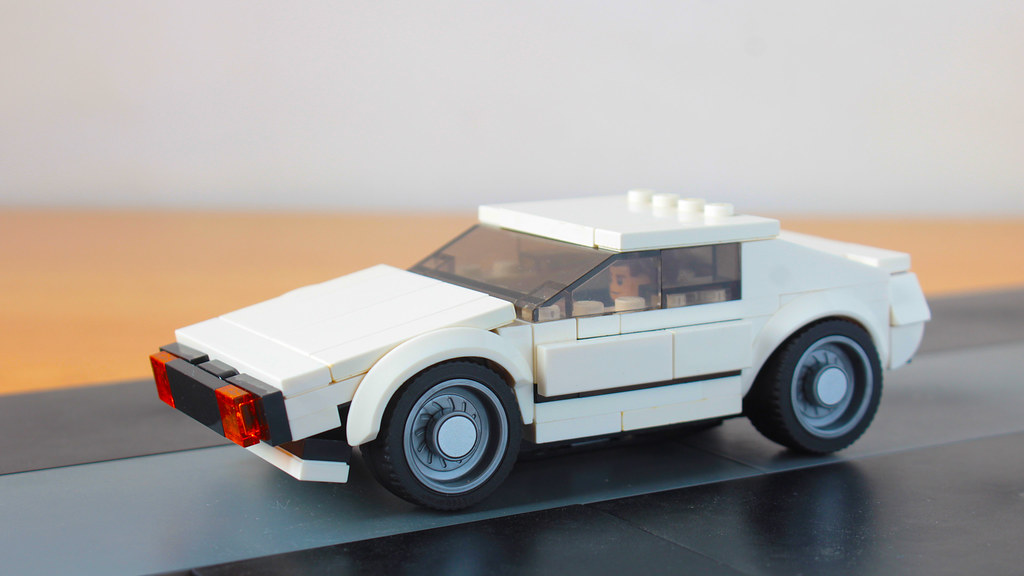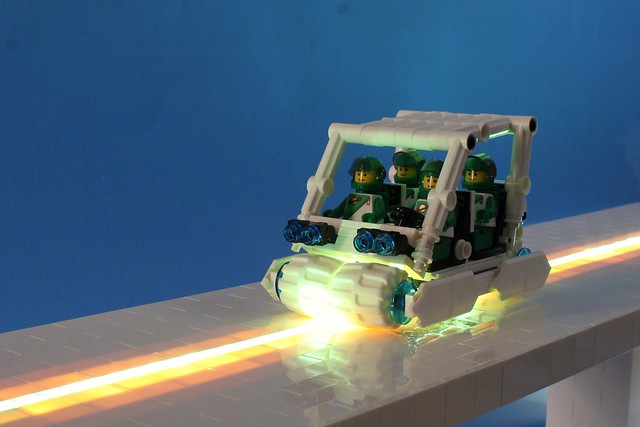Nearly a year ago, we featured this exceptional kinetic sculpture by Jason Allemann. The “Pursuit of Flight” later went on to become a finalist in the recent LEGO Ideas review round. A week ago, LEGO announced which projects made it into the next production run, and unfortunately, Jason’s “Pursuit of Flight” was not one of those projects. But do not despair! He has made the full instructions available to anyone who is dying to build this wonderful piece of art.
For those big Star Wars fan out there, you can try your hand at a trench run variation of the original model.
As you may know, this is not the first time that Jason (also known as JK Brickworks) has been a LEGO Ideas finalist. He has actually previously won the coveted opportunity to have his build become an official set… twice. He’s responsible for 21305 Maze and 21315 Pop-Up Book (the latter in collaboration with Grant Davis).














